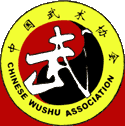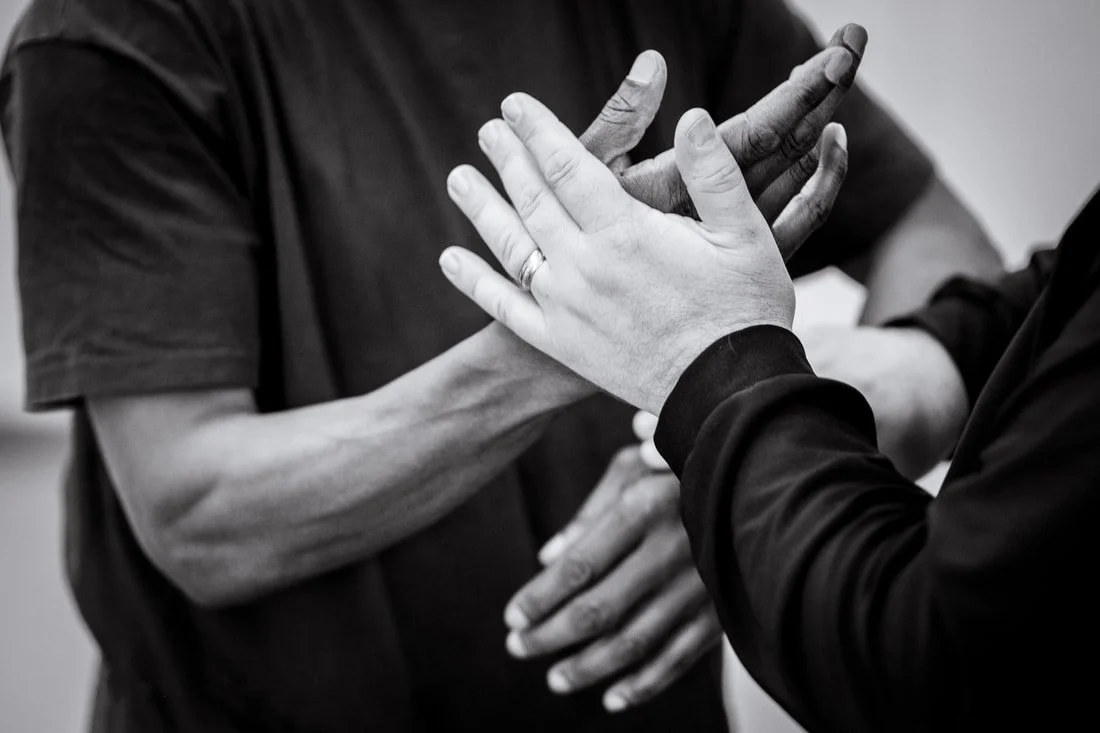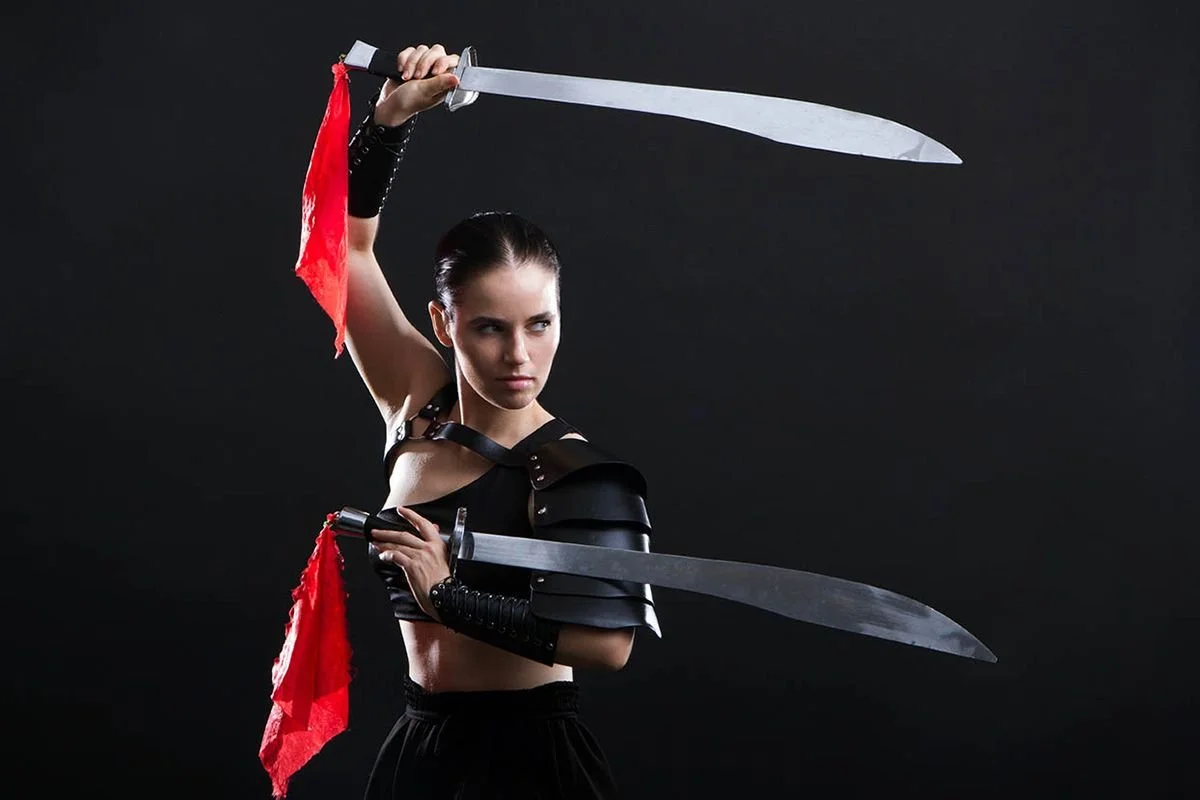THE ROUTINES WE HAVE BEEN TEACHING IN THESE YEARS
Basic Yang Style 16 Forms
Yang Style 24 Forms
Advanced1 Yang Competition 40 Forms
Sword Play 32 forms
Advanced2 Competition 42 Forms
Sword Play 42 forms
Advanced3 Taichi Fan 52 Forms
Gongfu Fan 56 Forms
Wu Style 13 Dao 40 Forms
WuDang Sword 49 forms
ABOUT THE STYLE
In the process of its development, TaiChi gradually evolved into many different styles. The four major styles are Yang, Chen, Sun, and Wu. The Chen style has the longest history, and the Yang has a reputation for popularity.
The characteristics of Chen are: powerful, twisting, fast and slow, up and down, and more masculine than feminine….
The characteristics of Yang are extended and natural postures, slow and even motions, and light and steady movements. It’s as smooth as floating clouds and flowing streams….
The characteristics of the Sun are: light and agile, steps smaller and easier, one-foot moves, the other one follows, and two hands open and close….
The characteristics of Wu are more like Yang, but different posture, more turning, and more wrist movements….
The traditional routines are not only too long but also every school has its routines and its particular way to do it. These reasons made Taichi rather difficult to develop. The Chinese State Commission for Physical Culture has been working on it in the past decades. The wider Wushu spreads to the world, the more demand for reforming routines. The Chinese Wushu Association organized the reformation and laid out the competition routines in 1980s.
Latest Classes
| Class | Day/Time | Date | Duration | Cost |
|---|---|---|---|---|
| Advance Sword | Monday 20:15-21:15 |
5th February | 8 Weeks | €120 |
| Beginner Class | to be confirmed |
to be confirmed | 8 Weeks | €100 |
| Practice | Sunday 10:30-12:00 |
On going | €5 |
All about TaiChi
The history to Taichi
From available data, Taiji appeared in Ming Dynasty (1368-1644). In the subsequent years foreign invasions and civil wars stimulated the diffusion of martial arts among the people, by which time a new form of boxing evolved. Instead of quick movements and strong vigorous punches, some gentle, slow movements one after another in uninterrupted rhythmic harmony developed. Among the founders, Chen Wang Ting made outstanding contributions. He created many routines, and the basic theories are still generally accepted today.
The Style
In the process of its development, Taiji gradually evolved into many different styles. The four major styles are Yang, Chen, Sun, Wu. The Chen style has the longest history, and the Yang has the reputation of popularity.
The characteristics of Chen are: powerful, twisting, fast and slow, up and down, more masculine than feminine….
The characteristics of Yang are: extended and natural postures, slow and even motions, light and steady movements. It’s as smooth as floating clouds and flowing streams….
Stillness in Movement
TaiChi is one of the rich cultural heritage of China. Together with Qigong and Traditional Chinese Medicine which has provided the major preventive therapy for thousands of years.
Taiji movements derive from martial arts practices but have developed as a uniquely gentle series of exercises that combine grace with strength, tranquility with alertness, and concentration with constant flow.
The practice of Taiji has proved highly beneficial for general physical health, especially the circulatory system and respiratory systems. It can lower cholesterol levels, and improve spinal and general posture and suppleness. It also has a powerfully relaxing effect, inducing balance and a general sense of spiritual well-being.
Sword
Tachi sword is a combination of a sword and a TaiChi principle. This routine is based on Yang-style TaiChi Sword. It is also a simplified form. It is used for grading of fourth Duan. The movements are slow and flowy, simple and open. Swordplay sounds aggressive, but in fact, it looks more graceful than any other first routine.
It looks more like dancing than fighting.
Wu Style Dao Play
Dao means knife, one side blade sword or saber. It’s a common use weapon in the history. If we say sword play is graceful, Dao will be graceful plus some valorous.
Wu style is slightly different from Yang style. It turns more.
This Dao routine is a traditional one and recently gets popular. It is not difficult to learn. Most students like it very much.
Routines
Basic Yang Style 16 Forms
Yang Style 24 Forms
Advanced1 Yang Competition 40 Forms
Sword Play 32 forms
Advanced2 Competition 42 Forms
Sword Play 42 forms
Advanced3 Taichi Fan 52 Forms
Gongfu Fan 56 Forms
Wu Style 13 Dao 40 Forms
WuDang Sword 49 forms







